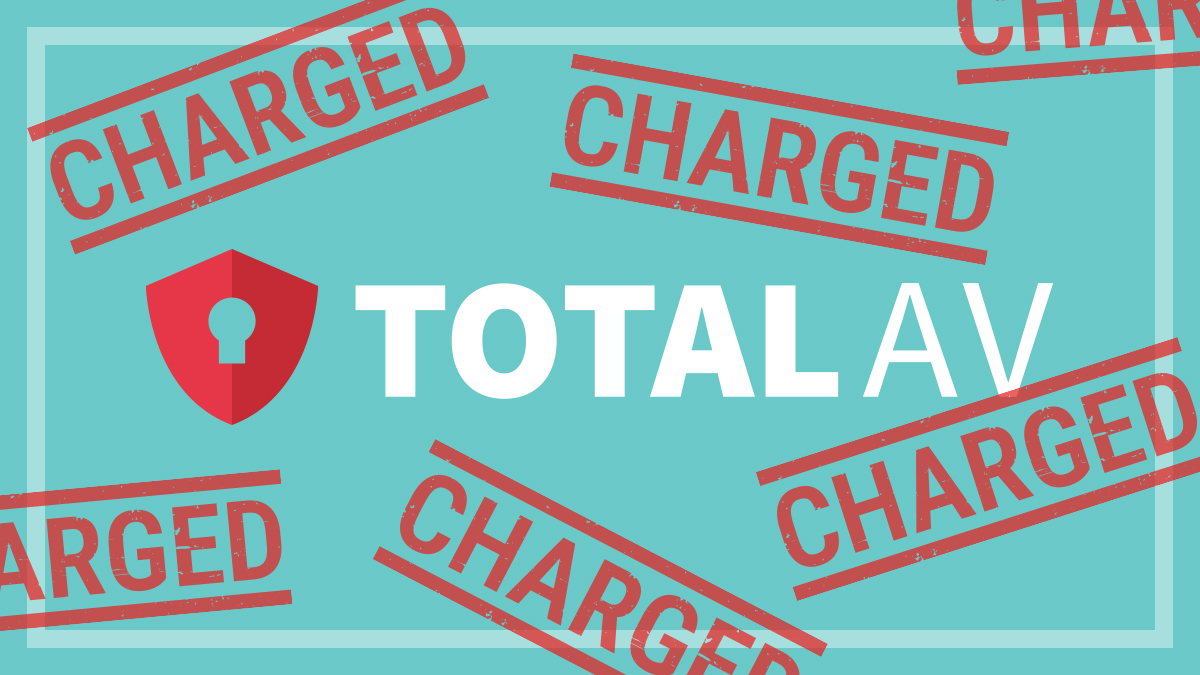Get our independent lab tests, expert reviews and honest advice.
The 10 costliest credit cards in Australia – and why you should avoid them

Need to know
- CHOICE is calling on banks to cap interest rates at 10% to stop the spread of long-term credit card debt
- High-interest cards can have you paying back nearly ten times more in interest than low-rate cards over the long term
- We identify the ten credit cards in Australia with the highest interest rates
There’s a reason CHOICE is calling for credit card rates to be capped at 10% – instead of allowing banks to run rampant and charge twice that or more.
Long-term credit card debt is a financially crippling reality for many Australians, and steep interest rates do massive damage over time.
For many people, it takes years to crawl out from under the high-interest debt.
$2625 vs $18,078 in interest
Case in point: if you had a $5000 credit card debt with Community First’s 8.99% credit card and made only minimum repayments, you’d pay $7625 over the 15 years and 10 months it would take to pay off the debt ($2625 in interest).
If you had a $5000 credit card debt with CBA’s 19.74% card and made only minimum repayments, you’d pay $23,078 over the 43 years and four months it would take to pay off the loan ($18,078 in interest).
(The calculation assumes you stop using the card when you’re $5000 in debt and doesn’t include fees.)
Long-term credit card debt is a financially crippling reality for many Australians, and steep interest rates do massive damage over time
We think that’s a pretty stark difference.
And making only minimum repayments is what so many borrowers end up doing, a sad fact we explore in this related story.
Credit card issuers across the spectrum are guilty of gouging customers with high interest rates in a low cash rate environment (currently 0.25%), but some cards are certainly worse than others.
Equipped with a recent analysis of the credit card market from the data gurus at finance comparison site Mozo, we identify Australia’s costliest credit cards.
Australia’s ten costliest credit cards
Top 10 credit cards with the highest interest rates
Latitude Gem Visa 24.99%
Latitude Mastercard 24.50%
Skye Mastercard 23.99%
Latitude Go Mastercard 22.74%
Latitude 28 Degrees Global Platinum Mastercard 21.99%
Citi Prestige 21.49%
Citi Emirates World Mastercard 21.49%
Citi Premier 21.49%
Citi Rewards – Balance Transfer Offer 21.49%
Citi Simplicity 21.49%
SOURCE: Mozo
Real people, real damage
A 2015 parliamentary report calls out the “very real and troubling effects that high credit card interest rates can have on individuals, families and communities”. It says the committee conducting the inquiry “received a large amount of evidence on these effects”.
Long-term credit card debt breeds a host of ills, including family breakdown, physical and mental illness, domestic violence, crime, and resorting to payday loans
CHOICE, the Consumer Action Law Centre, the Financial Rights Legal Centre, Financial Counselling Australia and the St Vincent de Paul Society, among others, all weighed in on the matter. They gave evidence that long-term credit card debt breeds a host of ills, including family breakdown, physical and mental illness, domestic violence, crime, and resorting to payday loans.
As you can see from our story about the personal and societal damage of long-term credit card debt, we’ve received plenty of troubling evidence as well.

How to escape long-term credit card debt
One of the central planks of our current banking campaign is the call for long-term credit card debt to be waived.
But at this point, there’s no guarantee that banks will do the right thing and write off the debt.
If you have long-term debt, your first move should be to contact your creditor.
If they refuse to waive the debt or won’t agree to a payment program you can afford, there are a number of steps you can take:
- Many creditors are offering hardship arrangements for borrowers whose income has been hit by the COVID-19 lockdown. But remember that lenders were already required by law to work with borrowers on a reasonable payback plan before the pandemic started. Read more about your financial rights during the COVID-19 crisis.
- Call the National Debt Helpline on 1800 007 007 to speak to a financial counsellor. This free service can really help clarify your options and arm you with the knowledge you need to move forward. Financial counsellors can also help you get debt waivers in some hardship cases.
- Consider moving your high-interest debt to a card with a low- or no-interest rate for balance transfers. But don’t use the new card for new transactions as they’ll clock up high interest from day one. It probably won’t be free (you’ll pay a percentage of the amount you transfer), but the lower interest rate should more than make up for the fee. After you transfer the balance, cut up your old card with a strong pair of scissors.
- If you have multiple cards with debts, cut them up and pay off the smallest balance first. Then cancel that card and move on to the next smallest debt – and so on.
- Unrequested increases in credit card limits have been banned since 1 January 2019. So if your limit has been increased since then without your consent, you should complain first to the credit card provider, then to the Australian Financial Complaints Authority.
- Since January 2019, you should have been able to reduce your limit or cancel your credit card online without having to call the provider.





